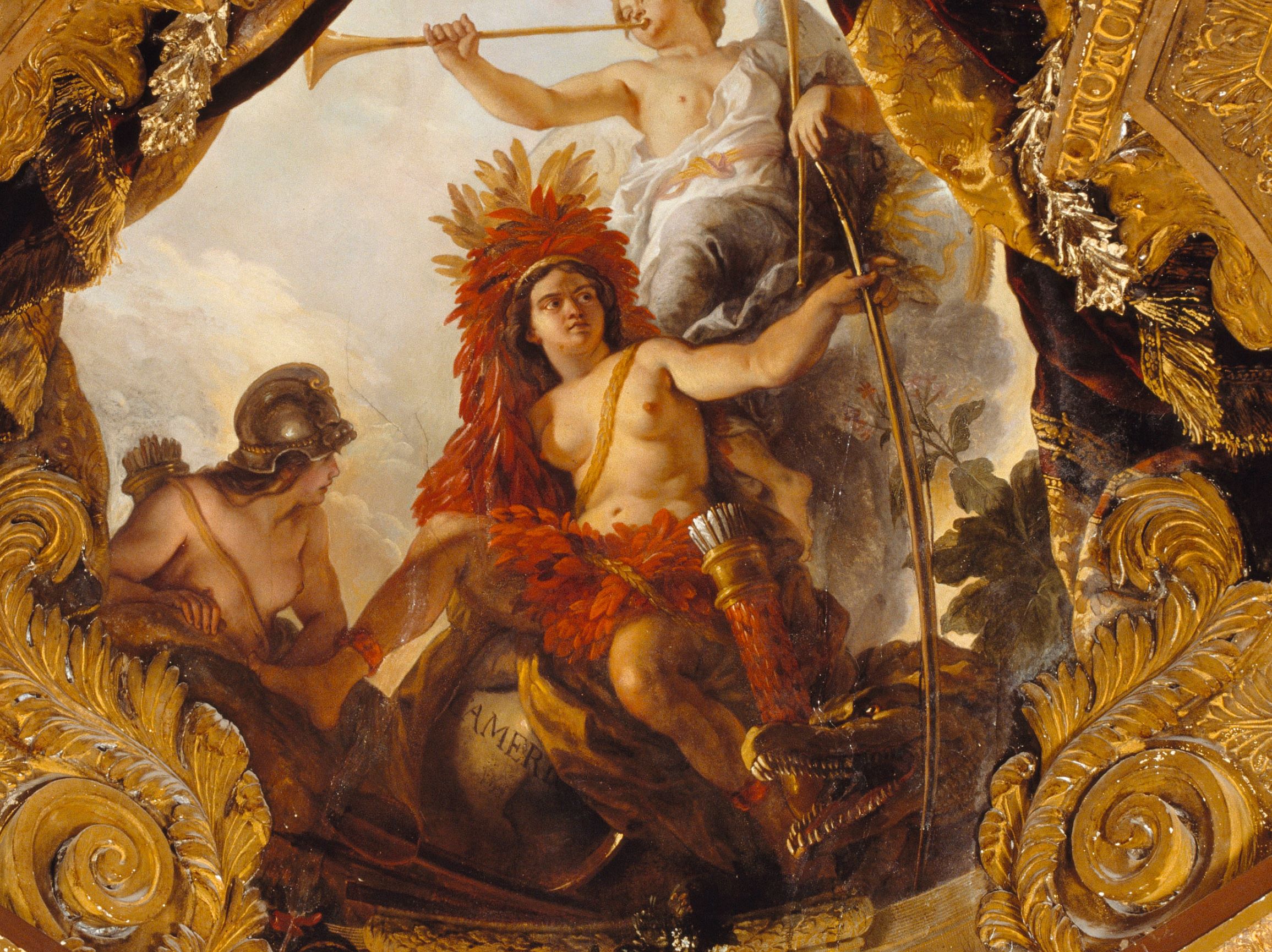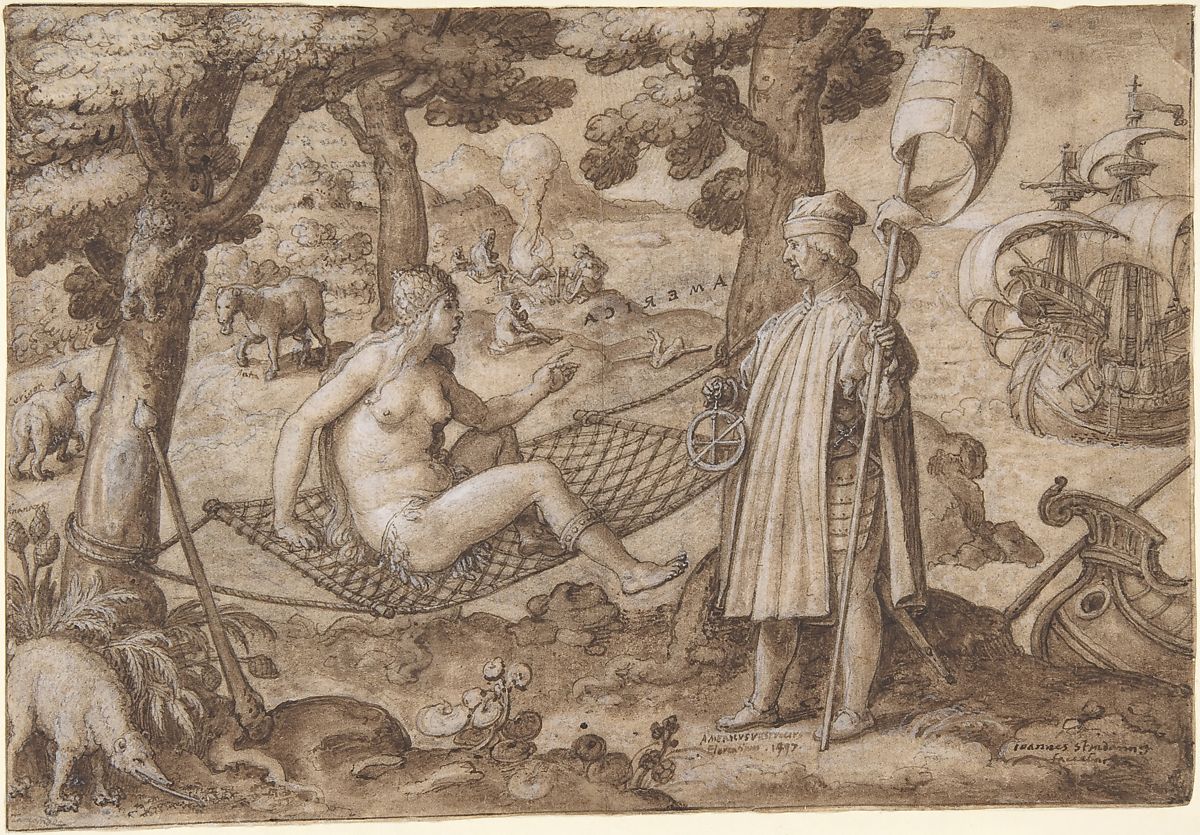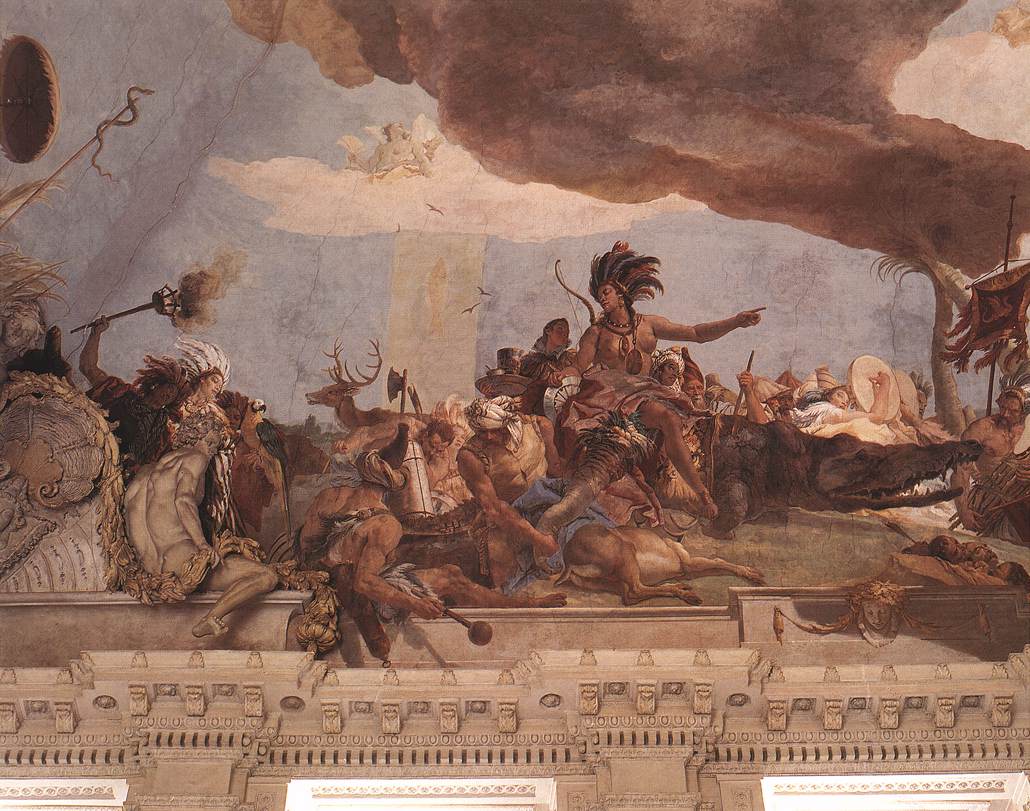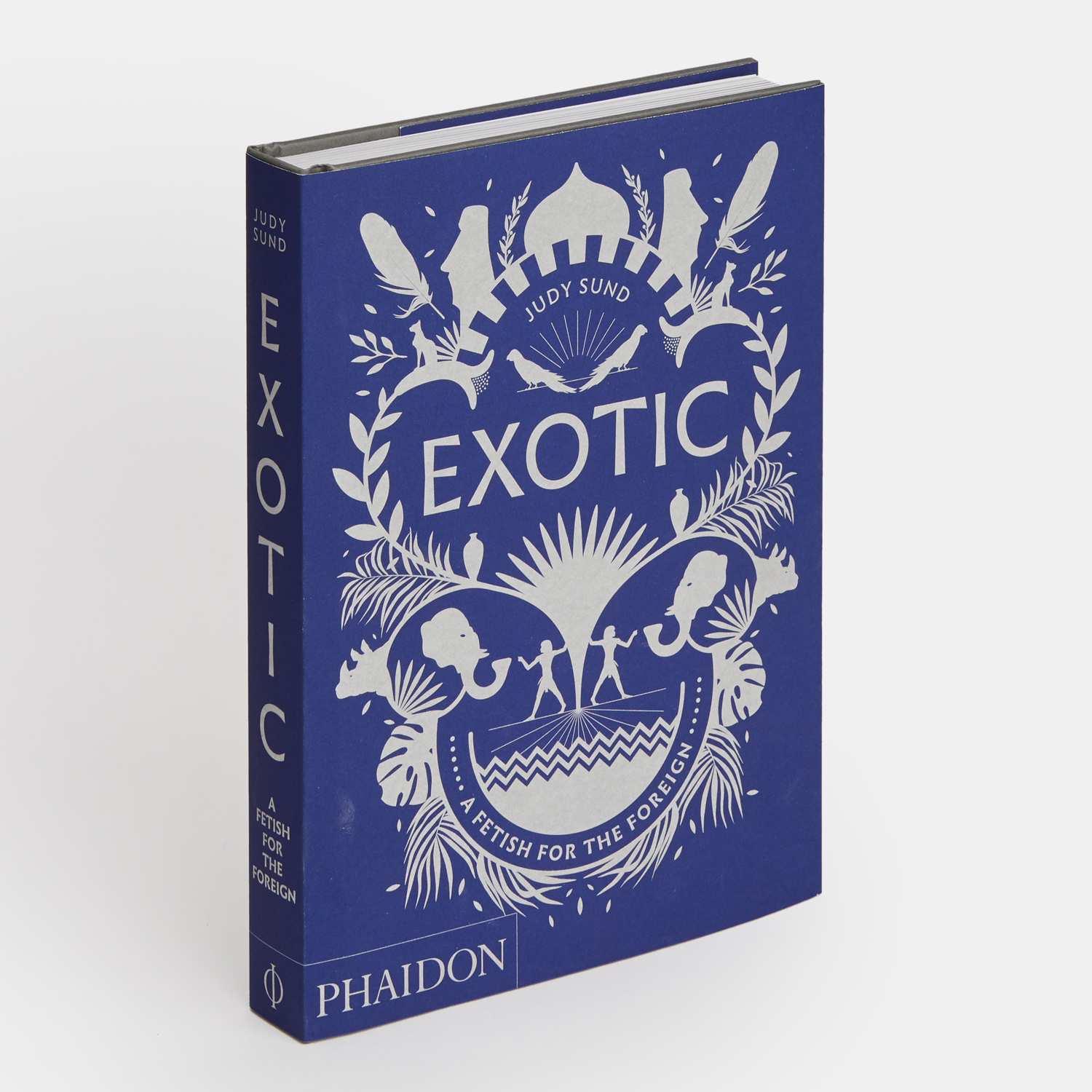
The Invention of America
On American Independence Day, we look at how old-world artists came to terms with the New World
Before Europe knew about America, its mapmakers tended to divide the world into three parts, as Judy Sund explains in her book Exotic: A Fetish for the Foreign. “The Book of Genesis holds that Japheth and his line settled Europe, Shem’s descendants lived in Asia, and Ham’s adapted to skin-searing African climes,” she writes. “Since, for Christians, the number three signified the Holy Trinity and the Three Wise Men, as well Noah’s sons, a tripartite world had seemed in keeping with a schema perceived as divine.”
That changed in the 1490s, giving Europeans an earthier view. “The quartet of continents that replaced it struck a different, more worldly note, since four – the number of the seasons, Classical elements, bodily temperaments and cardinal directions – spoke of the physical world rather than the spiritual realm,” Sund writes. “Once there were four, the continents were most often gendered feminine, grounded (as women traditionally were) in nature, and subject to male dominance and claim-staking. Rather than being linked to named and known persons (Japheth, Shem and Ham), the embodied Continents were abstractions, whose depiction reflected the increasingly materialist vantage point from which Europeans viewed the world.”
Nevertheless, European artists found ways to manage this shift, and depicted America and its native population according to the often warped and exaggerated accounts that came back from the New World.

“Popular conceptions of America’s Otherness were widely disseminated by the popular pamphlet Mundus Novus (which gave the New World its name),” writes Sund. “Inspired by letters Vespucci sent to a Medici patron, Mundus Novus – an exaggerated, sensationalist retelling – was translated into five languages. It described Amerindians as pleasingly proportioned but wild-haired, unabashedly naked, and bent upon ‘destroying comeliness’ with piercings and scarification; both genders hung their ears with rings, and men embedded ornamental stones and bones in their flesh. Apparently shameless, indigenes urinated wherever they felt the need, suckled their young in the open air, and coupled freely and incestuously. New World women were held to crave sex with Europeans and reportedly enlarged their own men’s penises by applying venoms harvested from local fauna. Most shocking was the Tupís’ ritual consumption of conquered enemies, whose body parts they ‘suspended from beams in the same way we hang hams’.”
Such accounts explain the Flemish artist, Van der Straet’s late 16th century depiction of the explorer Amerigo Vespucci's arrival in the new world (top). “Bearing a Christian standard, Vespucci is garbed from head to toe (‘civilized’),” writes Sund. “America, by contrast, is naked save for a feathered bonnet, a barely-there skirt, and a bangle on her calf (‘primitive’). A herald of progress, Vespucci has crossed the ocean on a modern craft, guided by the astrolabe he holds; America sits empty-handed in timeless nature, flanked by animal oddities (sloth and anteater). In the distance, bestial compatriots roast a human limb. Van der Straet, a Flemish-born painter who spent his maturity at the Medici family’s Florentine court, clearly privileged allegory over sordid details, but felt obliged to include the cannibalism that had signified America from the start.”
A few artists were able to draw on more reliable sources. Sund notes that artefacts given by the Mesoamerican ruler Moctezuma II to the Spanish conquistador Cortés found their way into the court of the Holy Roman Emperor Charles V, where the Renaissance artist Albrecht Dürer was able to examine them for his work.

Others, such as the Venetian artist Giovanni Battista Tiepolo, whose 1752–3 ceiling fresco, Apollo and the Continents, gets something of America, and the old world’s fascination with it. “America is armed with a bow, and an arrow pierces one of the severed heads stacked nearby; one wonders if the chunk of meat being roasted on an adjacent fire is human,” writes Sund. “A European interloper, armed with a portfolio that identifies him as an artist, clambers over the cornice to get a closer look – a joking testament to Old World fascination with New and homage to the artist explorers whose imagery enriched Tiepolo’s own.”

For more on art, exploration and exoticism, get Exotic here.